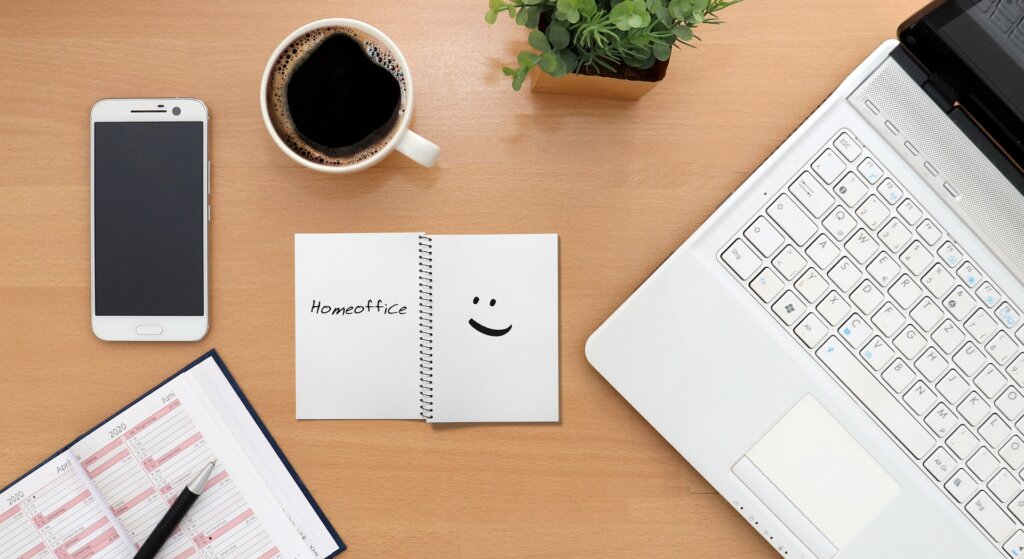Lockdown Ease Delay: Five Final Preparations to Make This Month
By Alex Hattingh, CPO, Employment Hero
With another month to wait before lockdown eases, Employment Hero‘s Alex Hattingh argues that this doesn’t need to be bad news for businesses. Instead, leaders can use this as an opportunity to refresh the way their workplace operates.
The pandemic has transformed the way we work. Businesses need to adapt to a workforce which demands flexibility, stricter health and safety measures, and employees who may be less inclined to dress as smartly as they did pre-pandemic, or leave their newest, canine family members at home.
Here are Hattingh’s five ways that businesses can use the next month to nail down a refreshed way of working:
1. Review your dress code
After a year of joggers and slippers, we’re not necessarily saying they’re the future of office attire. But it’s time to revolt against painful heels, uncomfortable ties and expensive suit jackets (unless that’s your personal style, of course). We reject the fact that employees have to wear comfy runners to the office and then quickly swap into corporate footwear underneath their desks. We’re fighting against uncomfortable ties and freeing wardrobes of unremarkable button up shirts.
Your skills should not be determined by a snappy suit or an expensive handbag. We’re flying the flag for a more accepting workplace, where you can be respected for your talent and acumen while wearing whatever you feel comfortable in. So perhaps take this month to review your dress policy, and ease up on the strict dress code implementation.
2. Prepare for flexible working
Flexible work will be a permanent fixture in most companies in 2021 and beyond and can help reduce stress levels, increase productivity, boost morale, reduce lateness and absenteeism, reduce employee turnover and enhance the image of being family friendly. It’s also quite clear that flexible work options are becoming a decisive factor in recruitment and retention.
If you haven’t crafted your flexible work policy yet, use this time to put one together. Clearly outline what the terms are, what caveats there are and any deal-breakers. Once you’ve crafted your policy, it’s time to implement it. The first step is to get employees to read the policy and acknowledge they understand the terms and conditions, this can easily be achieved by getting employees to sign off on policies. By signing off on a policy an employee acknowledges they have read and understood what is expected of them. Employment Hero has flexible work policy templates inside the platform that you can tailor for your use. These policies have been vetted by lawyers and are frequently reviewed to ensure they are up to date.
3. Update your mental health policy
You may already have a mental health policy in place, but with the pandemic presenting new anxieties and stresses for everyone, there’s a good chance you need to review and update it to ensure that resources are put in place to help support employees when they return to the office.
Our recent research revealed that 48% of employers have no budgets for employees’ mental health. But with an increasing demand for employers to provide ‘total employment care’ and listen to employees, offering mental health support where possible is crucial to any business’ success.
4. Consider the pandemic puppy
3.2 million households welcomed a new pet into their lives over the pandemic, and it’s expected that business leaders will begin to receive an influx of requests for people wanting to bring their pets to work. While many UK office spaces like WorkPad are already pet-friendly, you may need this extra month to craft your puppy policy.
Lay the ground rules from day one, consider trial or probationary days, or introduce a roster to limit the amount of canine company in the building at one time. And most importantly, checking with the landlord is the very first thing you should do before sitting down to write the policy.
5. Health and safety
Last but by no means least, you must have a strict hygiene, social distancing and workplace screening policies in place and followed upon your teams return to the office. This will ensure that you keep your employees safe and are prepared in the unfortunate event that you have to respond to a COVID-19 incident.
This final month of preparation is an opportunity to ensure your hygiene, health and safety measures are watertight by the time your employees walk through the door. Create internal signage communicating best practice, (e.g opening doors with elbows. avoiding handshakes), install sanitiser across multiple points in the building, and remove communal food and beverage points to prevent contamination.







